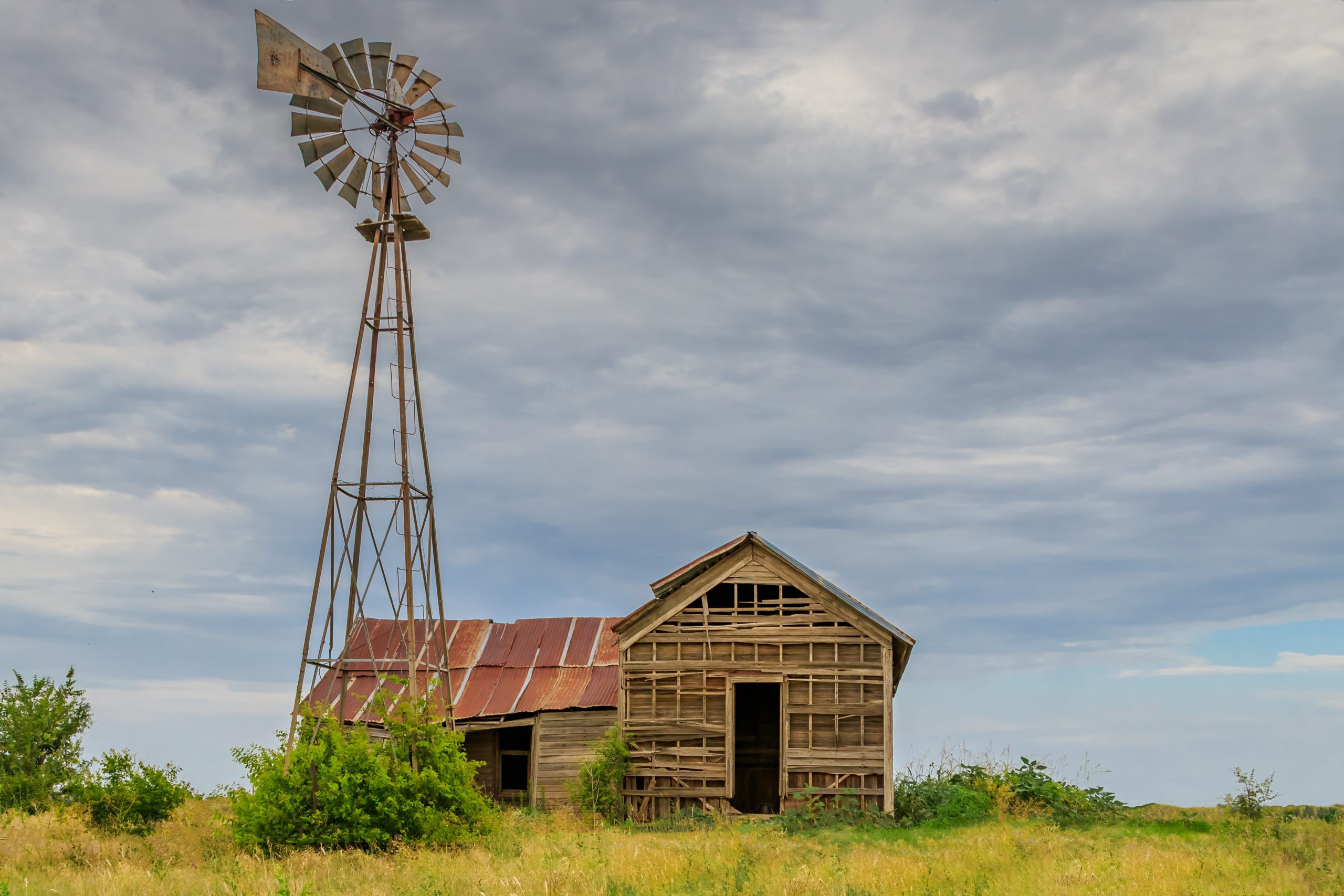Remembering the Green Corn Rebellion

This is the story of a forgotten march on Washington that never made it to the federal city. It rates barely a footnote even in regional histories, although the Marxist novelist William Cunningham fictionalized it in 1935.
The year is 1917. The place is Oklahoma, hotbed of early 20th-century American radicalism. More than half the state’s almost 200,000 farms are operated by tenants, who are in perpetual hock to landlords, merchants, and banks. They owe debts no honest man can pay.
The state’s Socialist Party polls as high as 35 percent in some counties. The most agitated farmers gravitate to the Working Class Union (WCU), a secret society headquartered at Hobo Hollow in Van Buren, Arkansas, and led by a charismatic homeopath, Dr. Wells LeFevre.
The WCU attracts both white and black tenants. “Rube” Munson, erstwhile zinc miner, now a spellbinding preacher of Christian socialism, emerges as first among equals; given to florid language and sweeping allegories, he is virtually illiterate.
The WCU does not entangle itself in theoretical debates. Karl Marx, dilating on “the idiocy of rural life,” is not much read in Pontotoc County. These Oklahomans don’t pine for the collectivization of agriculture or the dictatorship of the proletariat or any of that nonsense; they are men of action, not ideas. And these actions can trespass upon lawlessness.
For example, when an epidemic of bovine “Texas fever” broke out in 1915, the federal government and the state agriculture department ordered cattle to be dipped in vats containing insecticides. Fearing that the dip might kill their cattle, WCU nightriders dynamited the vats and burned the barns of county commissioners who had cooperated with state and federal authorities. It seemed quicker than filing a lawsuit.
Two years later, there is little enthusiasm in the Sooner State for U.S. entry into the First World War. (Oklahoma Senator Thomas P. Gore, grandfather of novelist Gore Vidal, is one of the war party’s harshest critics.) There is even less support for conscription, which will steal husbands and sons from farms and families.
Rube Munson tours the WCU’s strongholds, warning parents that their boys are about to be seized by the government and sent overseas as cannon fodder. He and his comrade Homer Spence (a dirtbag with an eye for young girls) hint that a grand revolt is brewing that will rid the country of the president and end the war. WCU locals assemble caches of guns and dynamite. Spence lies that two million insurrectionists are ready to march.
The seditious Sooners intend to throw a monkey wrench into the war machine. They plan to gather at the farm of “Old Man” Spears, a local Socialist and son of a Confederate veteran, where they will commence a long march eastward, subsisting on green corn and picking up rebellion-minded farmers as they go. When this agrarian army arrives in Washington, they will depose “Kaiser Wilson” and call the boys home.
As historian Nigel Sellars relates, on July 27, 1917, Old Man Spears raises a pair of handmade flags: one American, one red. Over the next few days Green Corn rebels make their way to the Spears place. Some carry hunting firearms or squirrel guns; others are equipped only with sticks or clubs.
Word spreads fast. The men of Seminole County organize themselves into posses to defend their homes and property against the rebels, whose goal of overthrowing President Wilson to protect their sons from the draft has not been clearly communicated. Sporadic gunfire breaks out; three rebels die in the uprising’s only fatal shootout.
 The largest posse heads straight for Old Man Spears’s farm. Green Corn sentries spot them and send word back to the camp. But the rebels are rattled; they had expected to contend with an army of paid soldiers. Instead, as contemporary Socialist Bertha Hale White wrote, “The rebels knew these men—they were the postmaster, the storekeeper, the druggist—people they had known for years and against whom they had no personal grudges. They could not fire upon their friends and neighbors—so they threw down their arms and quietly submitted to arrest.”
The largest posse heads straight for Old Man Spears’s farm. Green Corn sentries spot them and send word back to the camp. But the rebels are rattled; they had expected to contend with an army of paid soldiers. Instead, as contemporary Socialist Bertha Hale White wrote, “The rebels knew these men—they were the postmaster, the storekeeper, the druggist—people they had known for years and against whom they had no personal grudges. They could not fire upon their friends and neighbors—so they threw down their arms and quietly submitted to arrest.”
The Green Corn Rebellion wilted in the heat of August and the warmth of friendship.
Four hundred fifty-eight Green Corn rebels were arrested. The U.S. Attorney for the Eastern District of Oklahoma wanted them all executed. But landlords and merchants pressured the authorities to release the men, lest the tenant farming system collapse. Eighty-six men would serve time in federal or state prison. More than 15 times that many Oklahoma boys (1,354) would die in the First World War.
Are there lessons to be drawn? Maybe. Neighbors have claims upon our loyalty, so the state prefers uprooted mercenaries to do its dirty work. And powerless people, when pushed too far, respond desperately, violently, quixotically…humanly.
Bill Kauffman is the author of 11 books, among them Dispatches from the Muckdog Gazette and Ain’t My America.
Comments